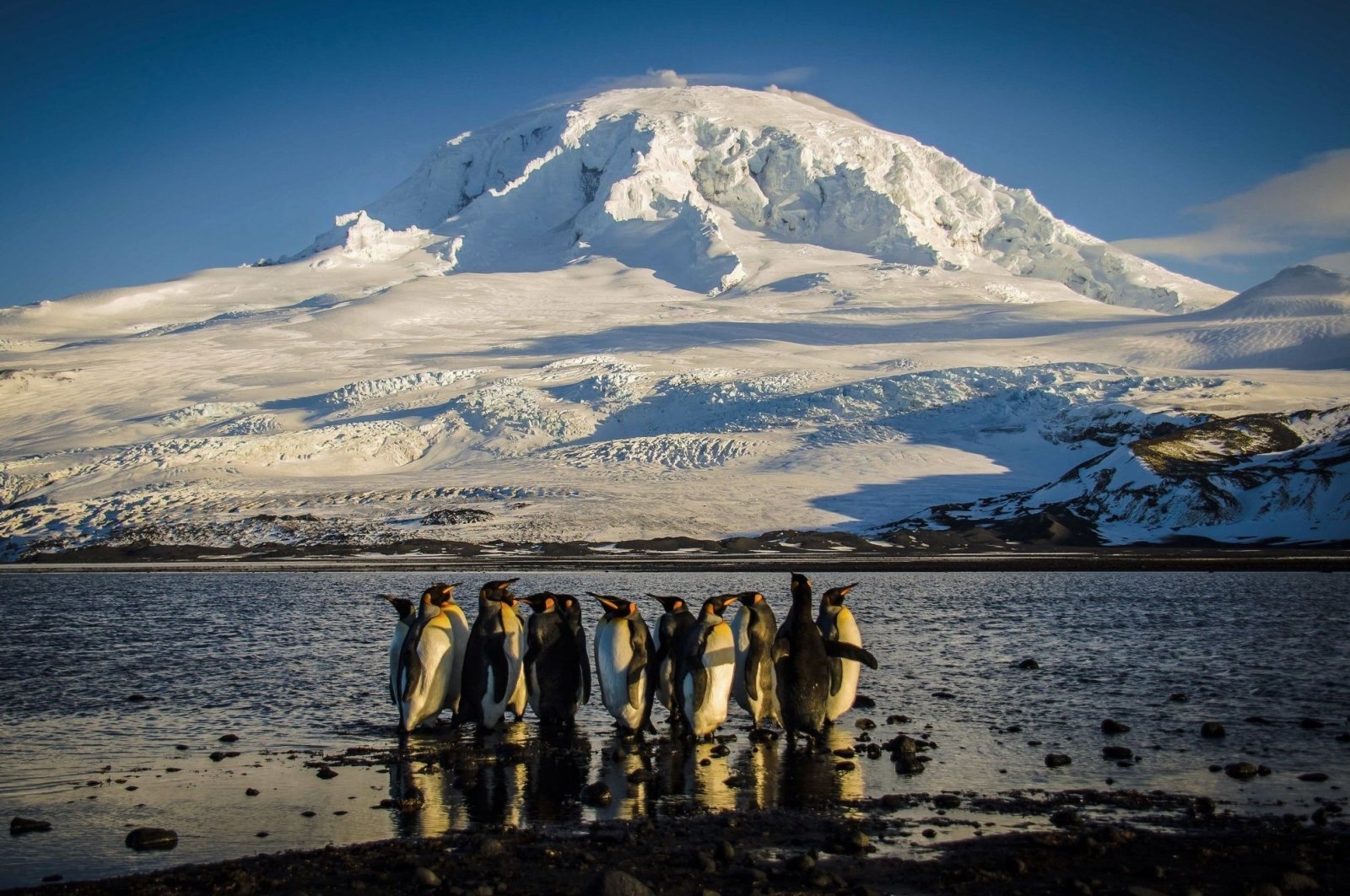Antarctica’s wildlife threatened by climate change, overfishing

The Threats to Antarctic Wildlife and the Urgent Need for Action

The wildlife of Antarctica and the surrounding Southern Ocean are under increasing threat, according to a report released at a major international conference on Antarctic marine life that kicks off in Australia.
Risks from Climate Change
The risks come from unprecedented temperature anomalies, with more frequent marine heatwaves and a dramatic change in sea ice loss, the Antarctic and Southern Ocean Coalition (ASOC) said, with East Antarctica particularly affected. Scientists have long seen East Antarctica as less vulnerable to climate change than West Antarctica or the Arctic.
Additional Pressures
The pressure on the region is further intensified by overfishing, microplastics, and tourism, the report said.
Call for Urgent Action
ASOC called on the Commission for the Conservation of Antarctic Marine Living Resources (CCAMLR) to take urgent action. It is time for CCAMLR, which began its annual meeting in the Australian city of Hobart on Monday, to “fulfill its role as the steward of Antarctic marine life,” ASOC said.
Possible Designation of Marine Protected Areas (MPAs)
The 43rd CCAMLR meeting is looking this year at the possible designation of several large marine protected areas (MPAs). The new MPAs are a long-standing demand in Germany and many other countries. “The decisions made at this CCAMLR meeting could define the future of the Southern Ocean – and our planet,” said Sascha Müller-Kraenner, federal managing director of the German Environmental Aid (DUH).
Resistance and Slow Progress
A total of four protected areas are to be established in East Antarctica, the Weddell Sea, and the waters of the Antarctic Peninsula. The region is home to many penguins, seals, and whales, which are increasingly under threat. However, a breakthrough has so far always failed due to resistance from China and Russia – because in order to make progress, the approval of all 27 members is needed. The commission had already agreed in 2009 to establish a system of marine protected areas in the Southern Ocean. Since then, however, only two of the six planned protected areas have been created. Since 2016, negotiations have mostly stalled.
The Need for Global Commitments
“It’s high time for CCAMLR member governments to catch up with the pace of change in Antarctica and with global commitments to protect the ocean,” said Jehki Härkönen, ocean policy adviser with Greenpeace International. So far, only around 8% of the world’s oceans are protected. There is still a long way to go to achieve the target of 30% by 2030.
About CCAMLR
CCAMLR was established in 1980 and includes 26 states and the EU.
SDGs, Targets, and Indicators
| SDGs | Targets | Indicators |
|---|---|---|
| SDG 14: Life Below Water | Target 14.2: Sustainably manage and protect marine and coastal ecosystems | – Temperature anomalies and marine heatwaves – Sea ice loss – Overfishing – Microplastics – Tourism |
| SDG 13: Climate Action | Target 13.3: Improve education, awareness-raising, and human and institutional capacity on climate change mitigation, adaptation, impact reduction, and early warning | – Temperature anomalies and marine heatwaves – Sea ice loss |
| SDG 15: Life on Land | Target 15.5: Take urgent and significant action to reduce the degradation of natural habitats, halt the loss of biodiversity, and prevent the extinction of threatened species | – Overfishing |
| SDG 12: Responsible Consumption and Production | Target 12.5: By 2030, substantially reduce waste generation through prevention, reduction, recycling, and reuse | – Microplastics |
| SDG 8: Decent Work and Economic Growth | Target 8.9: By 2030, devise and implement policies to promote sustainable tourism that creates jobs and promotes local culture and products | – Tourism |
| SDG 14: Life Below Water | Target 14.5: By 2020, conserve at least 10% of coastal and marine areas, consistent with national and international law and based on the best available scientific information | – Establishment of marine protected areas |
| SDG 14: Life Below Water | Target 14.7: By 2030, increase the economic benefits to small island developing states and least developed countries from the sustainable use of marine resources, including through sustainable management of fisheries, aquaculture, and tourism | – Economic benefits from sustainable tourism |
| SDG 14: Life Below Water | Target 14.b: Provide access for small-scale artisanal fishers to marine resources and markets | – Access to marine resources for small-scale fishers |
| SDG 14: Life Below Water | Target 14.c: Enhance the conservation and sustainable use of oceans and their resources by implementing international law as reflected in UNCLOS, which provides the legal framework for the conservation and sustainable use of oceans and their resources | – Implementation of international law for conservation and sustainable use of oceans |
Source: dailysabah.com








